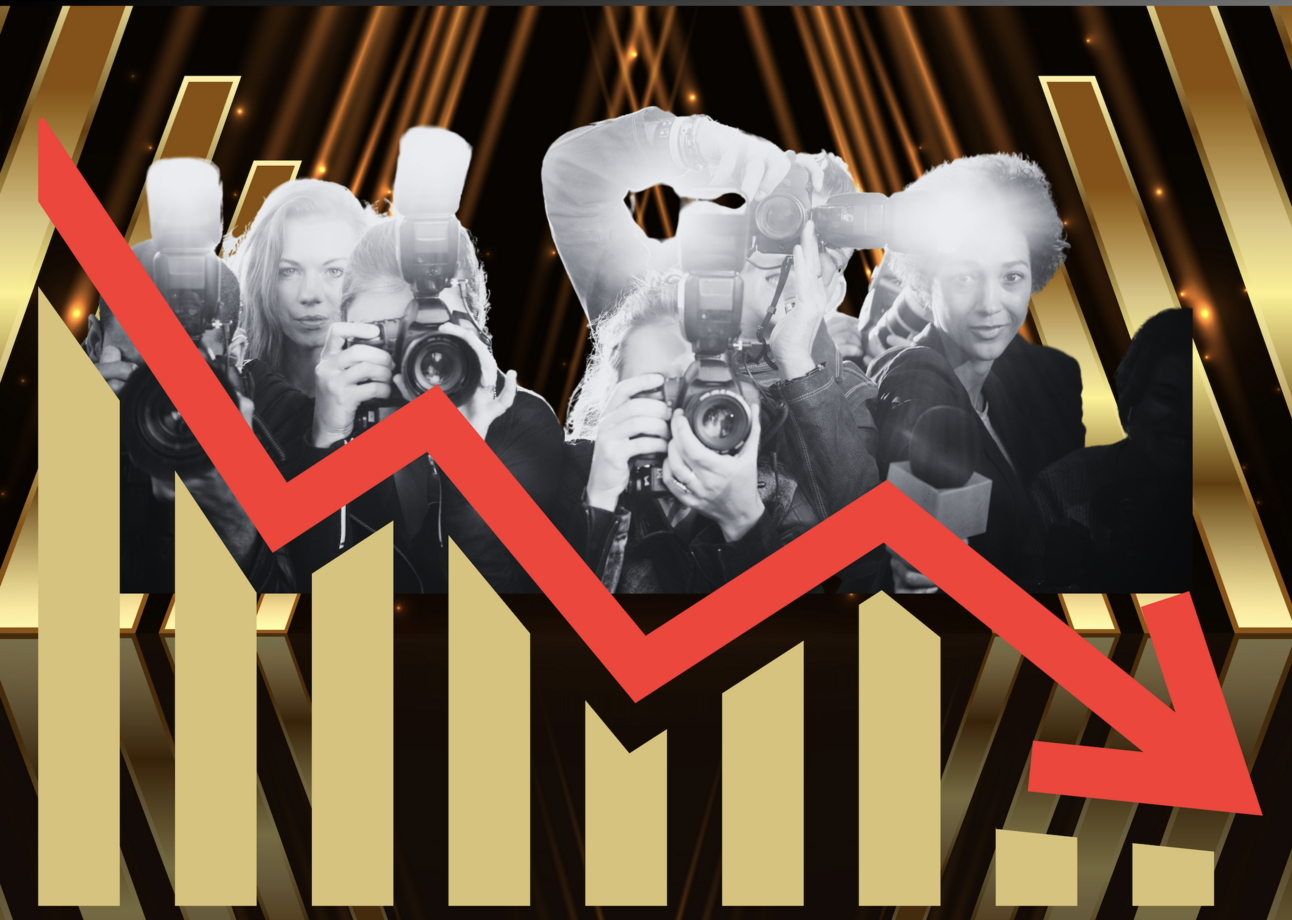- Captain Hook
- Posts
- Fame Over? Not For You — a.k.a. Part 2:
Fame Over? Not For You — a.k.a. Part 2:
"Authentify" yourself in 2025. Having examined the devaluing of legacy celebrity in our last episode, we now drop some key take-aways — including how brands, marketers, and creators should aim to harness the new standards of accessibility and authenticity.
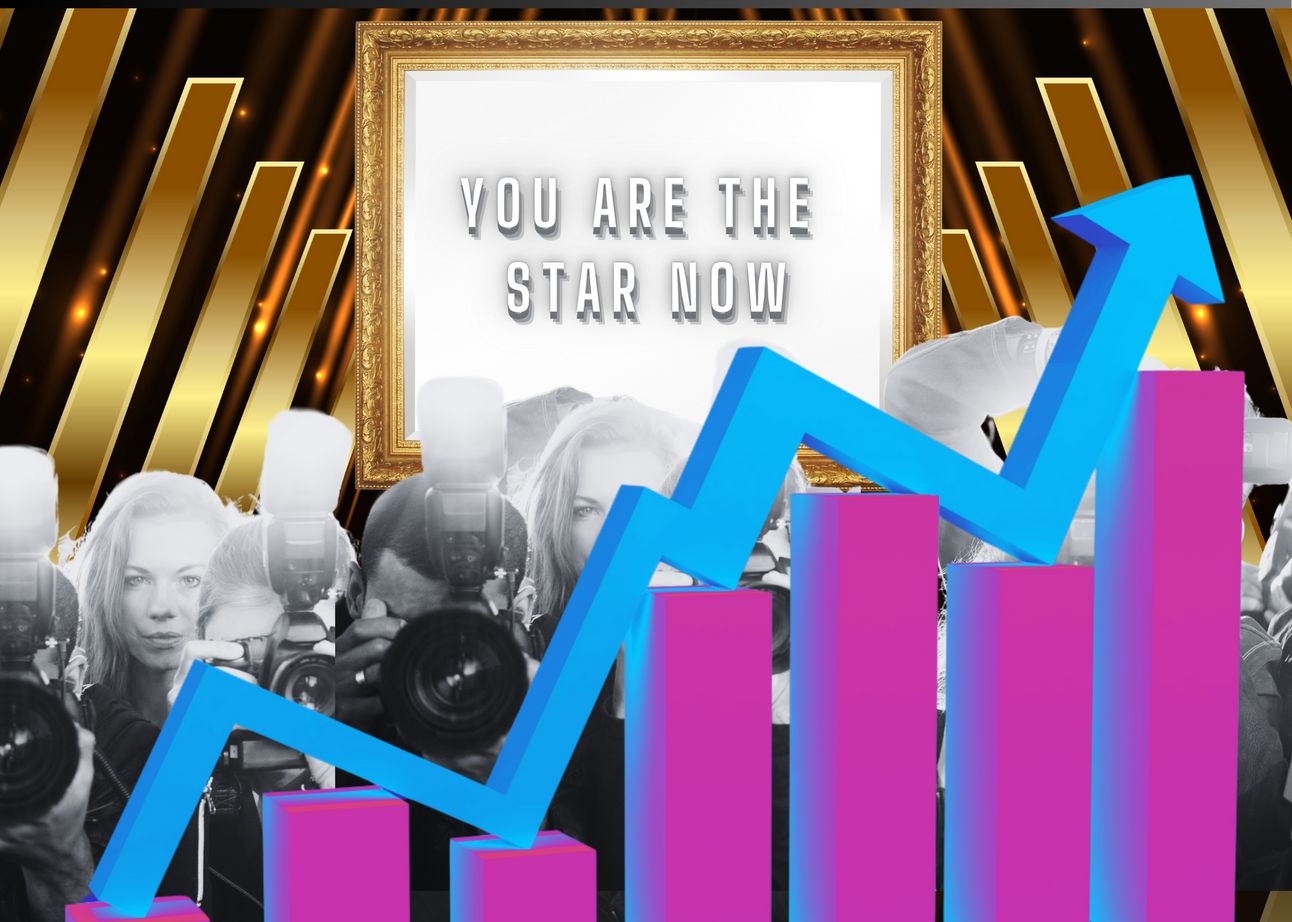
Don’t rent fame. Own it.
This is a Part 2. Hopefully you’ve already read the first installment. If not, go ahead and catch up — the context will be key to understanding the brief rundown of actionable insights below.
Okay, now let’s get down to brass tacks.
What do I say when folks ask if they should send some product to a celeb or seek a partnership?
The answer will always depend on the nature of the product and the celebrity — as well as, of course, your budget.
But in assessing ROI, I think you’ll want to calculate the light versus heat factor. Again, light gets you awareness (you’re seen); heat generates conversion (you’re sold).

Also known as: attention versus impact.
Does this all sound too New Age-y? Fair enough.
Let’s illustrate — the shake scenario
Legacy celebrities are defined by broad appeal. They are a top-down, large tent proposition. Yet that tent is not a very stable structure unless the celeb is a dedicated spokesperson attached to the product (e.g., the Ryan Reynolds Mint Mobile model).
So when, say, a legacy celebrity bodybuilder or fitness star is photographed holding a new protein shake brand, that’s a lot of light. The product will be seen by many. It’s a fleeting plug, of course. And many will perceive it as such.
But an insurgent, bottom-up alternative in this context would be, say, a social media fitness obsessive who creates content exposing steroid use and plastic surgery among celebrity bodybuilders and fitness stars.
If that creator embraces the protein shake, there’s admittedly not a lot of light on their relatively niche channels. But if they connect with the product and cover it with the same authentic obsessiveness and attention to detail as the rest of their programming, there is considerable heat to be generated.
Particularly since the niche audience drawn to their content is predisposed to be protein shake consumers.
Light. Heat.
Now, if your product is not going to fare well under that kind of bottom-up scrutiny… maybe you’re possibly better off going the celeb route? We all know the idiom: if you can’t stand the heat, stay out of the kitchen.
But given what we explored in Part 1, I sense that the broader audience out there is decentralizing and headed into accessible, authentic “kitchens” for the product, service, and content categories they care most about.
With more “kitchen” options only a few clicks away, why not? After all…
Consider how the media landscape is being reshaped:
100 million Americans currently tune into podcasts weekly.
TikTok, Substack, Instagram, and other insurgent-influencer channels are leading how information and persuasion is disseminated.
The Harris campaign reached more young women through the "Call Her Daddy" podcast program than 60 Minutes and The View combined.
Joe Rogan’s 3-hour, unedited, podcast conversation with Donald Trump reached 33 million viewers — whereas, for example, The Late Show with Stephen Colbert averages less than 3 million per episode.
We’re seeing not only that legacy celebrities don’t move the needle like before, but also that they can actually alienate consumers who have become far more sophisticated (and justifiably cynical) about the legacy industrial-celeb-PR-media complex.
There is also just a colossal tone shift in the air. For years, countless social media influencer types built large followings by emulating the traditional concept of celebrity: impossible glamour, mega wealth, feet never touching the ground. Superficial in the extreme and, well, inauthentic. Now we’re seeing a backlash against all that. It’s not terribly interesting anymore.
More compelling than aspirational prosperity is confessional authenticity. The New Dismantling is all about coming down off fake perches and taking audiences to relatable reality.
Again, superstar distance used to be an asset. Now the gravitational pull of social media and its ecosystem of content channels rewards (if not compels) accessibility and authenticity.
The “dividend” of the New Dismantling is that audiences are losing interest in Goliaths. They are more open than ever to adding Davids to their media consumer diets.
This is a win for all of us who previously had little means for competing against the biggest players out there.
Moving along into 2025, I suspect we will see:
Brands and marketers increasingly looking for home-grown talents who command (or have the potential to grow) significant or at least devoted home-grown audiences.
A new tyranny of bottom-up authenticity over top-down prominence.
Expertise over popularity: unless celebs/brands are involved with an issue deeply and credibly, few will respond to their opinions/endorsements.
The legacy industrial-celeb-PR-media complex shedding influence alongside Hollywood studios, major publishers, and the corporate music industry during a belt-tightening readjustment period.
Adapt and benefit now
In the lanes where your consumers live, be an insurgent voice. Engage with authentic, accessible creators.
Then become one. (Hey, you couldn’t afford Beyoncé anyway.)
How do you become more authentic and accessible?
Well, that’s kind of like asking how you should act natural. In all likelihood, the answer is more about what you need to subtract than what you need to add.
But, again, to be less New Age-abstract about it, here’s a small but potent gem of a real-world example.
As seen on Shark Tank, TA3 is a swim and sportswear brand all about the snatched look, i.e. “Fashion that lifts, sculpts, & smooths.”
Founder Leila Shams sent an email to her entire mailing list on Thanksgiving. The subject line? A single word:
Ungrateful.
Whoa. I don’t think I have ever opened an email faster. And in this case, every word was worth it.
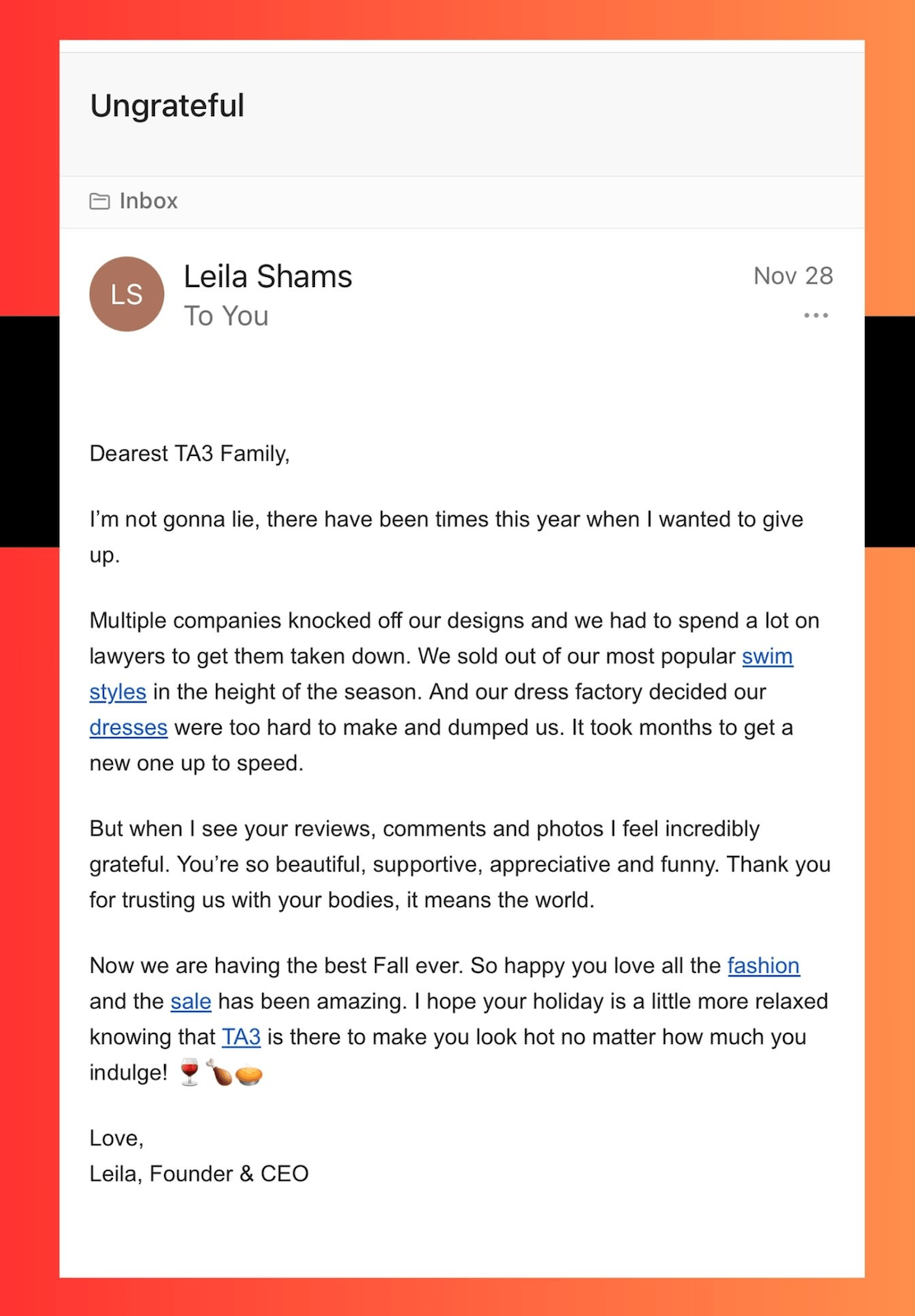
Authentic and accessible masterpiece.
Maybe you recall the Kate Hudson line from a Cameron Crowe movie: “The truth just sounds different.”
There were times she wanted to give up this year! Wow. I think we can all relate to that sentiment. (No? Just me? At least 3 times this week..)
Anyone could have composed the standard, everything-is-great, please-buy-now version of that email. You know: empty of real content. Impersonal. Disposable. There was a raging Black Friday-sea of them in my inbox, all deleted without a second glance.
Not only do I feel like I know Leila a bit now, I’m also rooting for her. I’m here for her story. By candidly sharing a few ugly details of her business reality, she achieved a beautiful bit of brand promotion.
And, by the way, being real is also working wonders for an emerging category of journalism “micro-celebrities” — as this piece from The Colab addresses. These “new media influencers” are on the march and boosting “reader numbers in a way that isn’t possible with traditional editorial content.”
Call it the new radical authenticity and accessibility. In general, trying to be for everyone amounts to being for no one. It’s the opposite of authentic, the opposite of accessible. After all, if everyone is your friend, isn’t that just another way of saying no one is your friend?
And speaking of friends, community is key. Credible, relatively close-knit communities launch, support, and sustain breakthrough creators. No one goes it entirely alone and gets very far.
So we recommend:
Investing in narrow casting and organic audience building strategies.
Making sure those strategies include longer form content.
Optimizing for community — whether creating them around your brand or joining them credibly as a brand.
Embracing communities where legacy journalists and civilian content creators converge (hint, hint).
Don’t wait for the next insurgent influencers to become huge. When you believe in their voices and their audiences/communities, support them on their way up.
Also relevant to this new landscape, a recent Advertising Week piece makes the point that for brands these days “it is best to look beyond celebrities and create your own stars.”
As Orlando Wood noted in his bestselling book Lemon, using a fluent device — recurring characters with agency — can better connect with customers when used consistently by a brand.
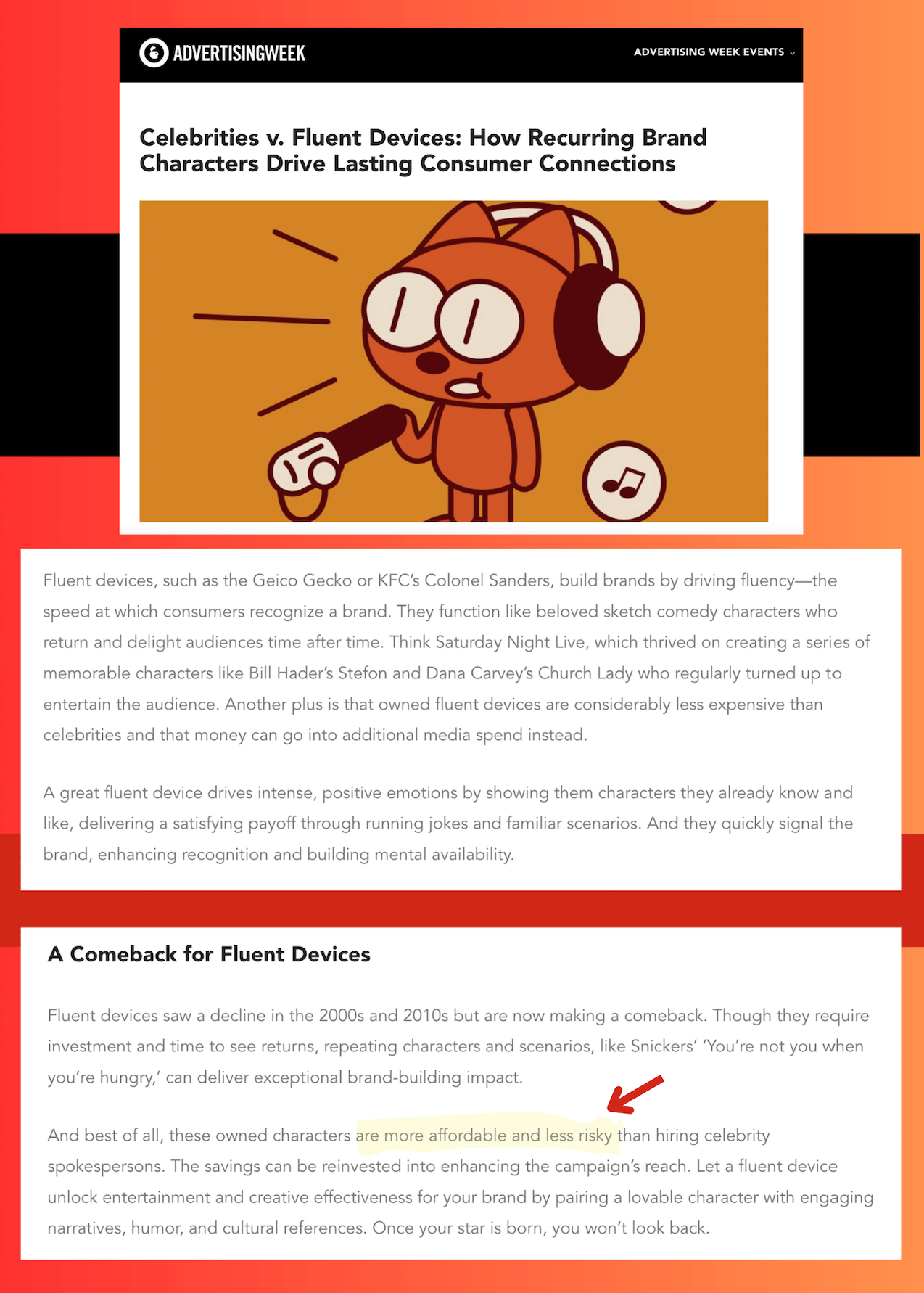
Develop your fluency.
Meanwhile, anyone remember that aforementioned Kate Hudson/Cameron Crowe movie?
That’s right…
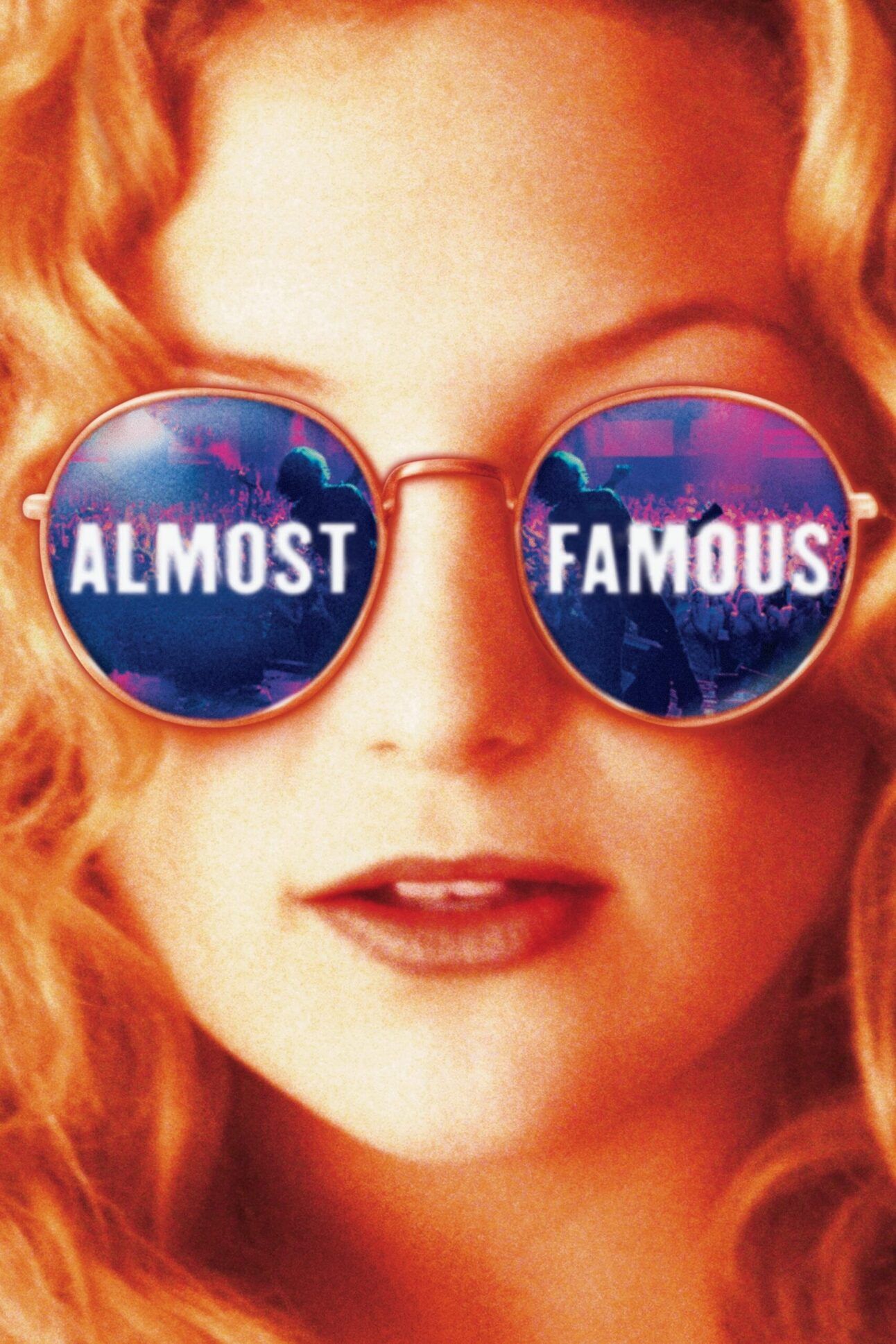
Get out there and “authentify” yourself!
Ready for your close up?
